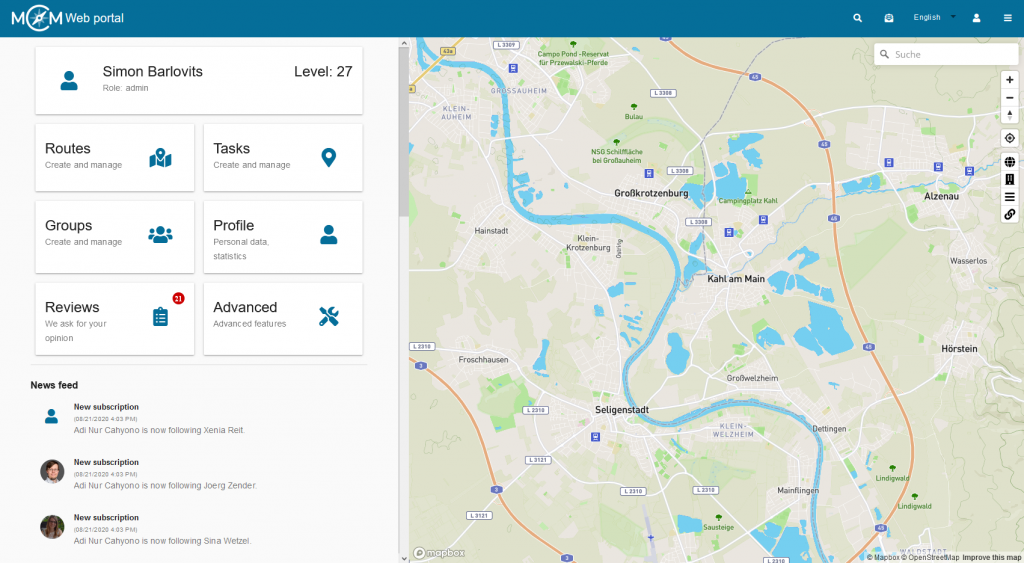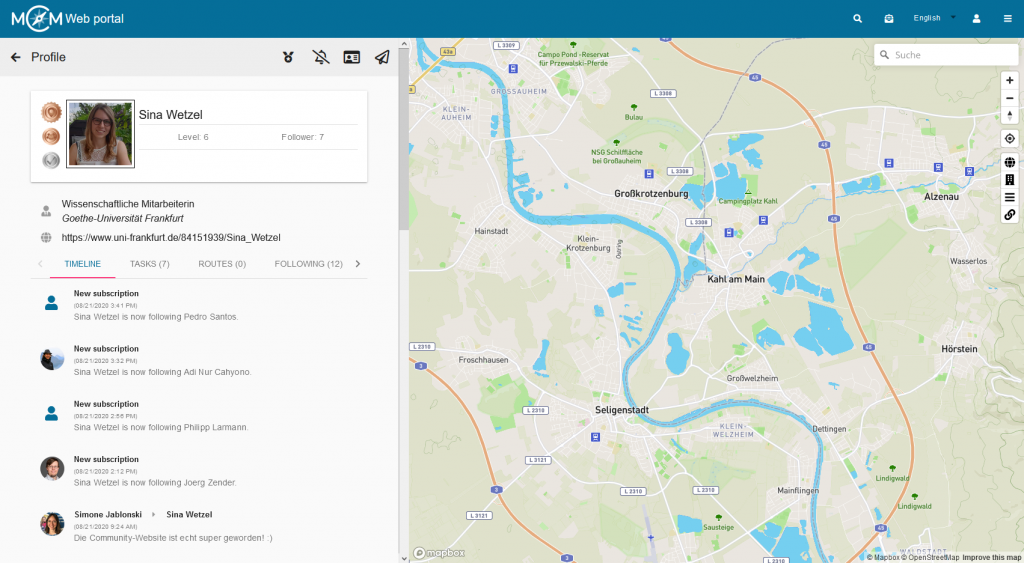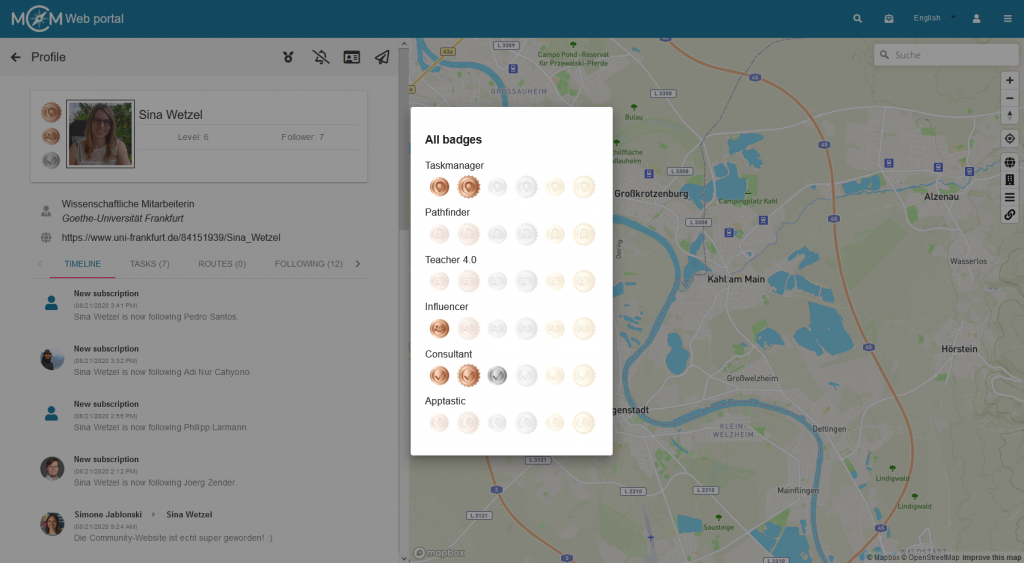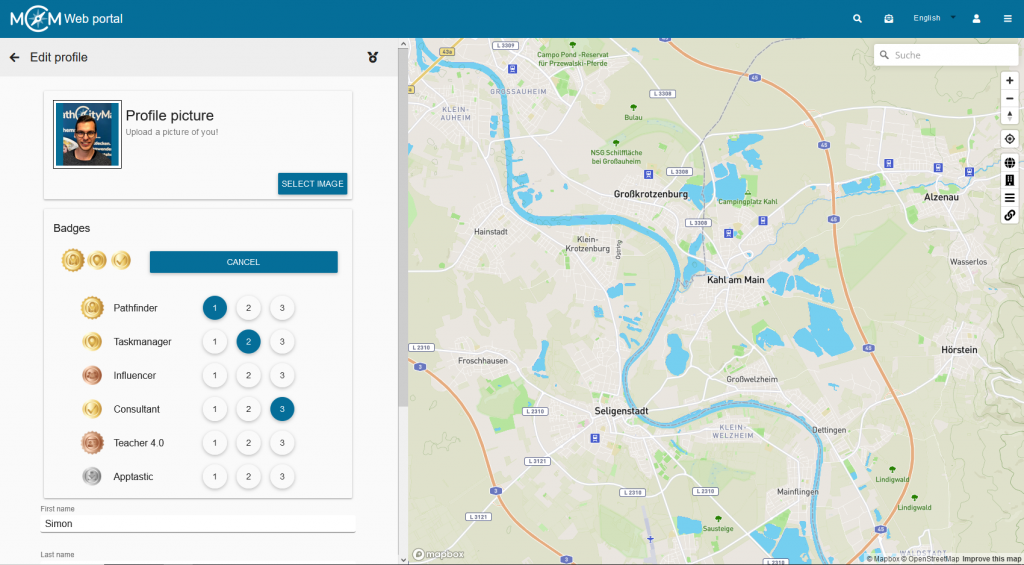The next trail in our section “Tested Trails in the Rhine-Main-Area” leads us to Gießen. There our student Iqra Shah has created the math trail “The World of Geometry”. The trail was created during our award-winning math trail seminar at the Goethe University Frankfurt. All trails have been tested by students on site and have also passed our expert review. Recently, in this section we presented the trail “Die Fasanerie in Groß-Gerau” by Martin Pusch.
Information about the trail:
Name: The World of Geometry
Code: 122924
Place: 65929 Frankfurt-Höchst
Grade : 9
Topic: Geometry (volume and area calculation)
Geometric objects surround us in our environment in all possible forms and almost everywhere, be it at school, in the city, in nature or on the playground. The children should be able to recognize them here and analyze their function and meaning. The aim of the trail is to show the children that they are surrounded by mathematics, especially geometry. As they walk the trail, they will perceive other objects in the park in addition to the geometric objects that appear in the tasks. With the help of geometry, the children should learn how to think and work mathematically. They develop strategies to solve problems. In doing so, they develop their problem-solving skills. They analyze real situations and translate them into mathematical language.
Example task: Gymnastics bar
In this task, the children have to calculate the percentage difference between the two surfaces under the gymnastic bar. This task combines two contents from the curriculum. Here the geometry is interlocked with the percentage calculation. This should show the children that mathematical content is not a separate drawer. The pupils measure and calculate on site. They are active and work in a team.










